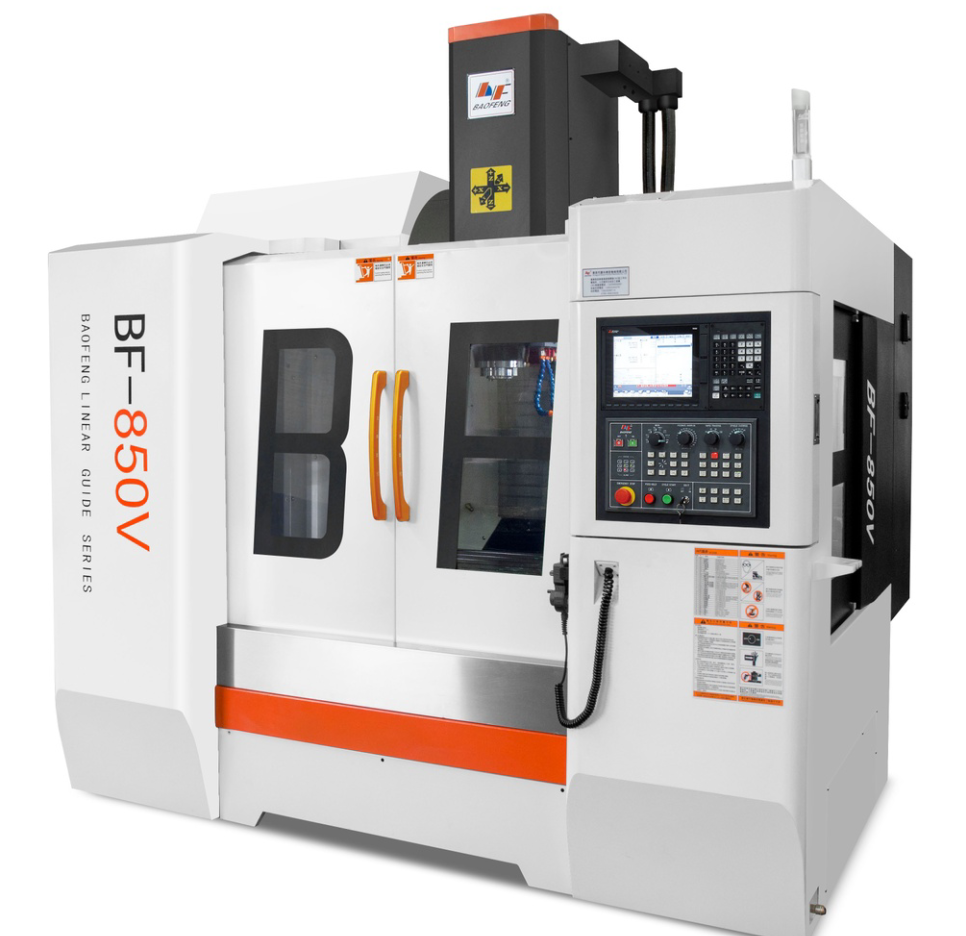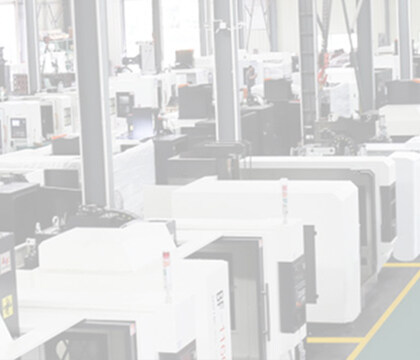- NO63, XinTai Road, XinMaLian, DaLang Town, Dongguan City, Guangdong province
- info@baofengmachine.com
Email format error
Email cannot be empty
Email already exists
6-20 characters(letters plus numbers only)
The password is inconsistent
Email format error
Email cannot be empty
Email does not exist
6-20 characters(letters plus numbers only)
The password is inconsistent

News
WHAT’S THE DIFFERENCE BETWEEN 3-AXIS & 4-AXIS MILLING?
4 axis cnc milling factories
The main difference between 3-axis and 4-axis machining is the complexity of the movement both the workpiece and the cutting tool can move through, relative to each other. The more complex the motion of the two parts, the more complex the geometry of the final machined part can be.

3 AXIS MACHINING
The most simple type of machining, where the workpiece is fixed in a single position. Movement of the spindle is available in the X, Y and Z linear directions.
- axis machines are typically used for machining of 2D and 2.5D geometry. Machining of all 6 sides of a part is possible in 3 axis machining but a new fixturing set-up is required for each side, which could be expensive (more on that below). For a single fixture setup, only one side of the part can be machined.
Many complex and practical shapes can be manufactured by 3 axis CNC milling, especially when in the hands of a world class CNC machining facility. 3-axis machining is best suited to manufacture of planar milled profiles, drillings & threaded holes in-line with an axis. Undercut features are possible with the use of T-slot cutters and Dovetail milling cutters.
However, sometimes the designed feature physically cannot be manufactured by a 3-axis machine, or the feature might be more economically viable to machine with a 4 or 5 axis machine.
Features not possible in 3 axis milling include any features on an angle to the X-Y-Z co-ordinate system, even if the feature itself is planar. There are two types of angled features you can design, and understanding the distinction between them is important when designing parts for CNC milling.
4 axis cnc vertical machining center
This adds a rotation about the X-axis, called the A-axis. The spindle has 3 linear axes of movement (X-Y-Z), like in 3-axis machining, plus the A-axis occurs by rotation of the workpiece. There are a few different arrangements for 4 axis machines, but typically they are of the ‘vertical machining’ type, where the spindle rotates about the Z axis. The workpiece is mounted in the X-axis and can rotate with the fixture in the A-axis. For a single fixture setup, 4 sides of the part can be machined.
4 axis cnc vertical machining center can be used as a more economically viable way of machining parts theoretically possible on a 3-axis machine. As an example, for a part we recently machined we found that using a 3-axis machine would have required two unique fixtures at a cost of £1000 and £800 respectively. By utilising the A-axis capability of 4 axis cnc vertical machining center, only one fixture was required at a cost of £1000. This also eliminated the need for fixture change-overs, reducing costs even further. Eliminating the risk of human error meant we machined the part to a high quality with no need for expensive Quality Assurance investigations. Removing the need to change fixtures has the additional benefit that tighter tolerances can be held between features on different sides of the part. Loss of accuracy due to fixturing and re-setup has been removed.
For more information about 4 axis cnc machining center, 4 axis cnc vertical machining center, metal 4 axis machining center, we are glad to answer for you.
